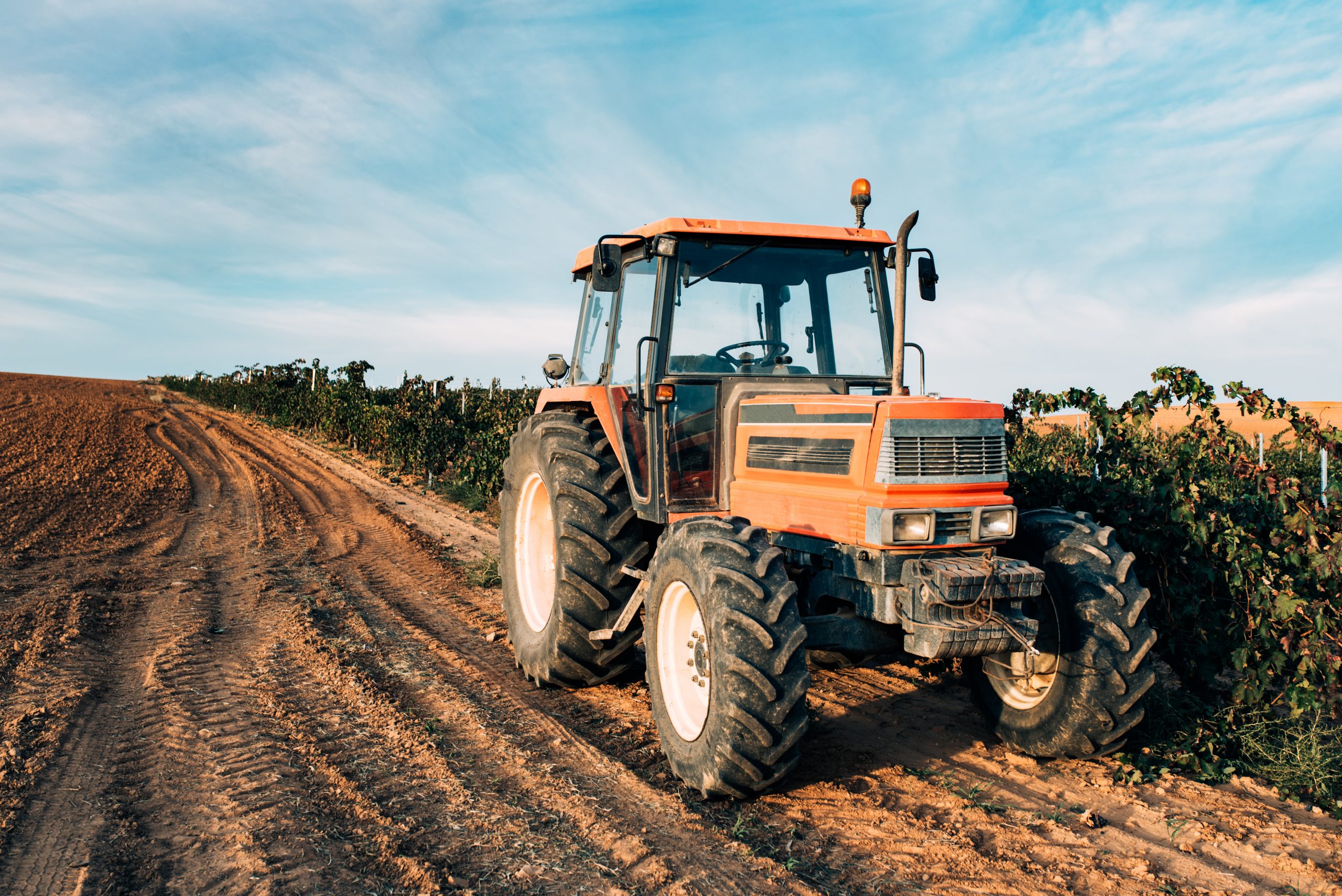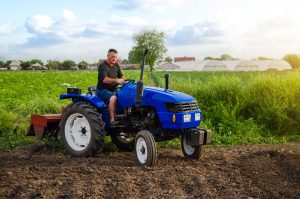The agriculture industry is undergoing a transformation, with new technologies enabling growers to improve productivity and lower costs. This includes using automated technology to increase yields and reduce the amount of resource use. Some of the latest innovations in the agricultural industry include self-driving tractors and robots that can spray pesticides or pick fruit. These innovations will help farmers become more productive and sustainable. Moreover, they can provide more insight into the growing conditions of their crops.
One of the most challenging operations in commercial berry production is harvesting. Typically, farmers have to walk through the field and determine if there are any weeds. In addition, they have to deal with the cost of harvest aid equipment. That’s why Driscoll’s, one of America’s leading produce distributors, has begun testing robots that can harvest fruit.
Robots are expected to replace a large portion of the berry labor force. As a result, a growing number of companies are focusing on developing robotic harvesters. According to Goldman Sachs, the precision farming market could reach $240 billion by 2050.
Farms need to comply with a variety of environmental and ethical standards. These include reducing chemical usage, improving sustainability, and complying with increased consumer demands for transparency. To do this, they are leveraging automation, robotics, and data science. They are also working with technology to mitigate climate change and minimize their impact on the environment.
Farmers can improve their yields and reduce their impact on the environment through data science. CIBO, or Cloud-based Internet of Things, is a software platform that uses real-time data about the local environment to simulate virtually any farm field. It allows users to track the availability of their equipment and promote optimal land utilization. The system is enabled by IoT sensors and cloud computing.
Another innovation in the agricultural industry is a smart vineyard. Developed by researchers at UC Davis, the vineyard utilizes a touchless system to increase the density of vines without requiring additional resources. This technology is estimated to save 7 cents per vine in labor costs, which helps to boost the quality and yield of the crop.
Artificial intelligence is used to crunch the data and build models. These models are constantly updated to keep up with the changing conditions in a field. By understanding the current conditions of a field, a farmer can more effectively plan and apply agrochemicals.
While these innovations are still in the early stages of development, they can help growers make better decisions and control their costs. Moreover, they can reduce food waste at the different stages of the supply chain.
For instance, an autonomous buggy that can scan up to 1,500 plants per hour can be tested at Driscoll’s. By the end of 2019, it should be able to achieve 98% accuracy. If it does, the company should be able to track a single berry from the time it is produced until it is sold.
Another innovation is a new system that can be used to monitor the health of plants and weeds. It combines data from microclimate and historical crop data to predict growing conditions. Compared to traditional weather services, this technology is more accurate.


